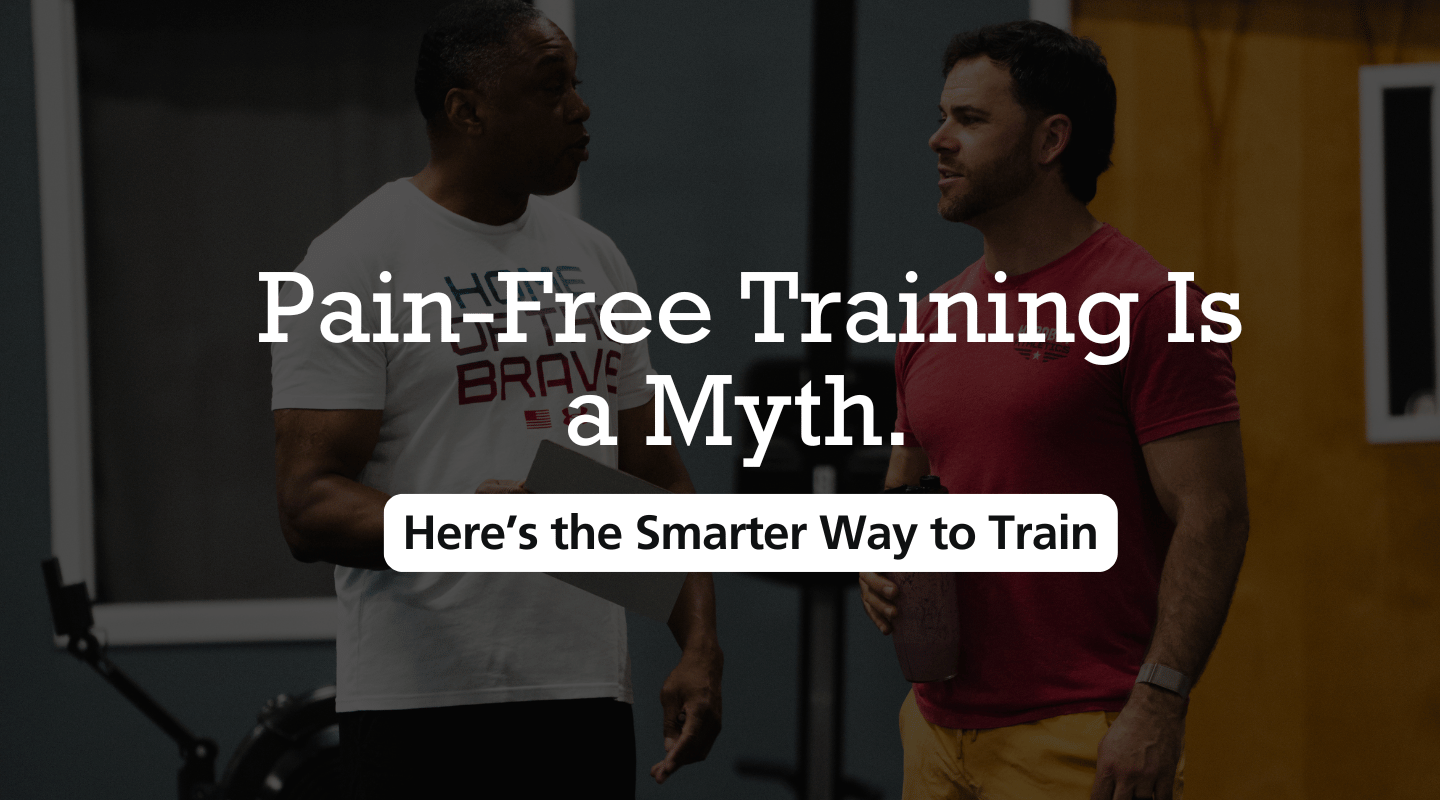

Pain-free training sounds ideal. But if you're chasing real results in Newark, DE, here’s the truth: some discomfort is part of the process. “Pain-free forever” is a myth. Smart training means knowing what to push through, what to modify, and how to keep moving.
Everyone wants gains without the grind. But real progress in strength training, body composition, and performance requires stress. Not abuse. Not recklessness. But honest physical challenge.
Your body adapts to what you expose it to. Avoid all discomfort? You avoid adaptation. And you start sliding backward.
So yes, you can guarantee pain-free training. Just don’t expect results.
Green Light (Go):
Yellow Light (Monitor):
Red Light (Stop and Change):
Green = keep going.
Yellow = flag it, adjust with a coach.
Red = shut it down and rework the plan.
At Hardbat Athletics, we train people to read these signals and act, not panic.
Progress comes from:
If you apply those well, discomfort becomes a guide—not a red flag.
Want guidance? Try Personal Training or Small Group Fitness with a coach watching your form and guiding the plan.
The fear of pain sidelines more people than pain itself.
You skip workouts. Avoid movements. Pull back every time something doesn’t feel perfect.
Eventually, the fragility builds up. And one day, lifting groceries or chasing your kid tweaks something worse than that controlled discomfort ever would have.
Strength training isn’t just for athletes. It’s the best insurance policy for anyone trying to stay capable, long-term.
“I’ve been hurt before. I’m afraid to push.”
Totally fair. That’s why we train smarter—progressions, technique, and programming that fit your body.
“Isn’t pain always bad?”
Not always. It’s a signal, not a verdict. We don’t ignore it. We interpret and adjust.
“What if I just want to stay healthy?”
Perfect. Consistent, smart training—some discomfort included—is the long game. It’s how we avoid frailty and injury later.
Progress that changes your body will sometimes annoy it. That’s normal.
At Hardbat, our job isn’t to erase every bit of discomfort. It’s to help you navigate it without losing momentum. We train with intention, so the stress creates progress—not setbacks.
Want help getting started with this approach?
👉 Book a No-Sweat Intro with a coach at Hardbat Athletics in Newark, DE.
We’ll walk you through what smart, productive, pain-aware training actually looks like. No pressure. No guessing. Just a better plan.